When we think of caulk, we think of a substance used to fill-in gaps between windows and doors. However, with its versatile and pliant nature, caulk can come to the rescue in a myriad of ways. What makes this seemingly minor substance have so many functions?
Keeping Pests Out
No matter how clean you keep your home, insects, rodents, and other pests will find their way in. To seal away even the tiniest of openings, dab a layer of caulk on any gaps where a pest could wander in. If you purchase the right caulk, this works on concrete, bricks, stone, plaster, and even metal. For example, you can use a concrete and mortar caulk for gaps, cracks, or small fissures in your basement walls
A Permanent Adhesive
Caulk can stick to many surfaces, so it works as a reliable, long term adhesive. For example, to install wood paneling without nails, just apply a small amount of caulk on the surface and place the paneling in patches. You can also use caulk to stick a baseboard to your back wall.
Keep Wallpaper in Place
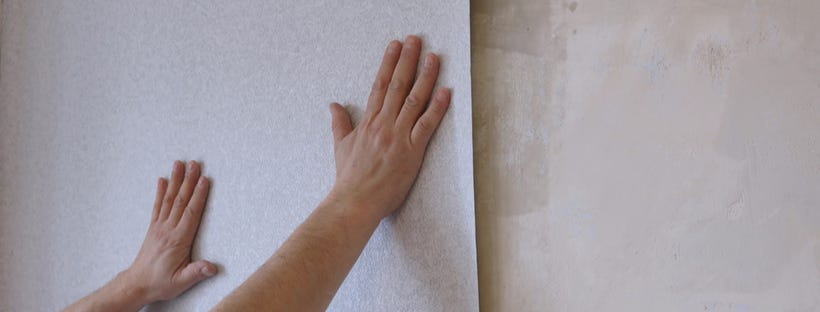
Speaking of adhesives, caulk can act as a wonderful way to keep your old wallpaper from falling off. First, run caulk along all trimmed paper joints to protect the wall. Make sure you apply extra on any intersections. Then, level it out with a moist sponge to discard any surface defects. Then, just peel back the sagging sections of wall paper, apply caulk beneath, and roll it back out. To prevent further peeling, just apply a drip of caulk along the edges after the wallpaper has dried.
Seal Minor Punctures
Caulk is also a go-to sealant for your walls, from small damages to a fully torn-out set of siding. For example, you can use a hue of caulk that matches your paint to seamlessly fix any nail holes in the wall.
Fix Warped or Damaged Furniture
A natural adhesive, caulk can be useful in repairing damaged wooden furniture, filling cracks and gaps. Caulk can act as a quality substitute for wood filler if used situationally. If there is a hole, gouge, or deep scratch in your furniture, wood filler is still the superior option.
Pro Tip: If you want to avoid fixing your wood table from the get go, it might be best to keep your furniture protected with a well-fitted custom chair or table cover.
Prevent Scratching on Surfaces
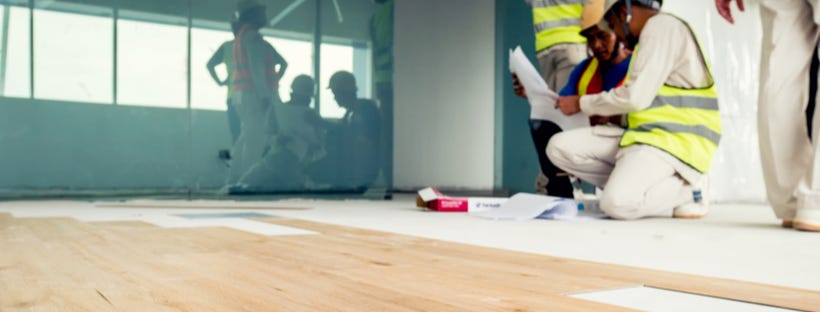
Between furniture, flower pots, and dog crates, there are plenty of items that risk scratching up your beautiful floors. To stop your wood floor from being blemished, just flip the object you’re placing onto its side and apply a few beads of silicone caulk to the base.
Once you allow the caulk to cure completely, you can place the object on your floor worry free, as the caulk coated surface will prevent it from scratching your hardwood. You can even protect your dog crate with a dog crate cover.
Stick Down a Slippery Rug
A tilted or raised rug presents a safety hazard for your walkway, ready to trip any unfortunate soul walking by. Instead, cribble some caulk around the rim of your rug and allow it to dry, keeping it right in place. This trick also works with a pet bed, keeping your furry loved ones from kicking it across the room.
Get Your Walls Paint Ready
Behind every well-painted wall, there is a series of holes and imperfections to fill. If you are a true DIYer and don’t want to bother with a decorator, all you’ll need is some painter’s caulk to fill it in. For the perfect wall texture for painting, make sure to fill in all your cracks or holes at least one hour before you give it a coat. Don’t forget to sheath your sofa with an appropriate sofa cover before working on your walls.
Ready to splash some hues on your walls? Try these tips for painting your home like a pro.
Fireproof Your Home
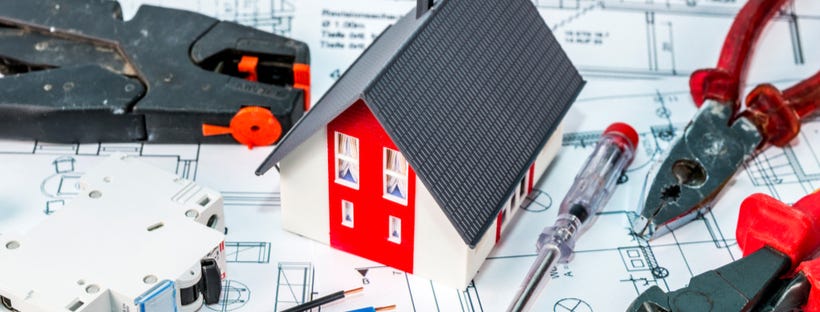
A tiny hole in your wall near the fireplace can quickly become a gateway for flames to bellow in. If you want to prevent a house fire from spinning through, try applying a fireproof caulk to any holes. This specialized caulk is perfect for sealing the gaps near your water lines and electrical wiring.
Keep Gutters Leak Free
Over time, gutters develop gaps and cracks around their joints, creating downspouts. A waterproof sealant like butyl rubber caulk is just right for this issue. To fix the joints, try a small amount of sealant to prevent leaking, even through the worst downpours.
Refurbish Tiles
A new set of tile is an excellent choice for sprucing up your kitchen or bathroom. However, under damp conditions, small crevices can gradually develop between tiling, allowing mold and mildew to settle in. If you want to protect your walls from rot, use a mildew-resistant silicone caulk around your tile. It’ll keep your surfaces mold free for years to come.
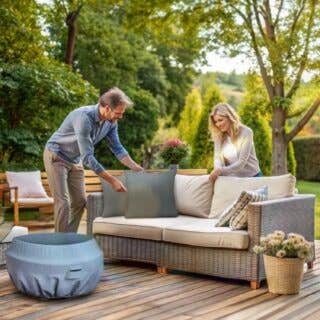

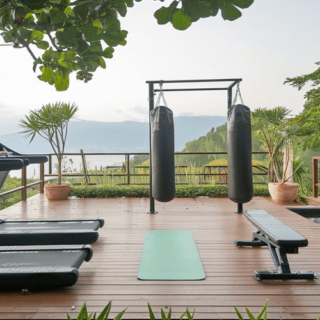
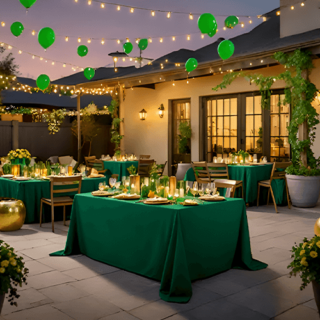


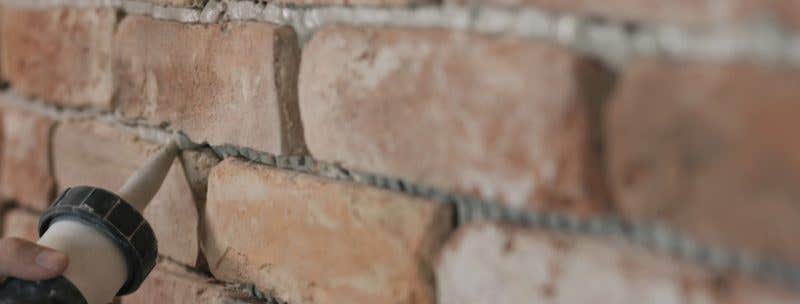

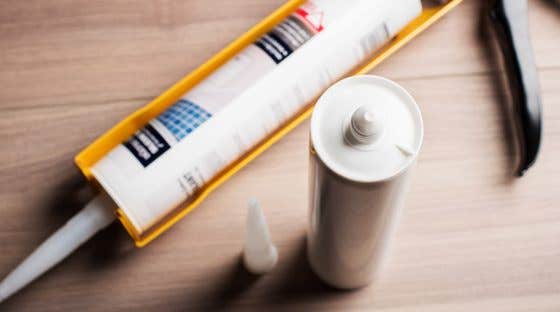
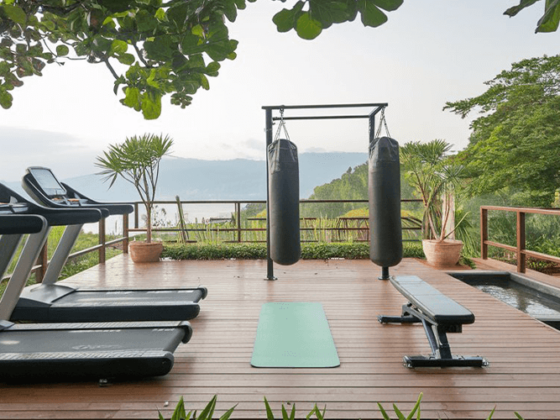
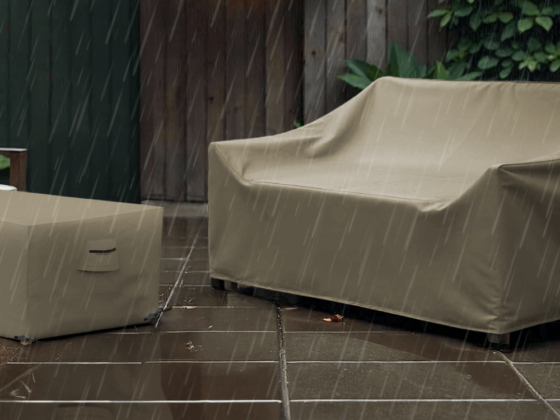
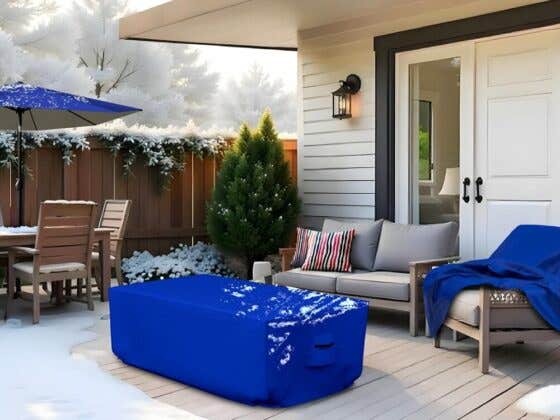
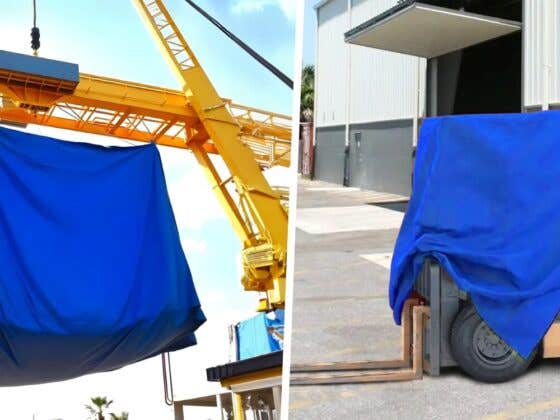

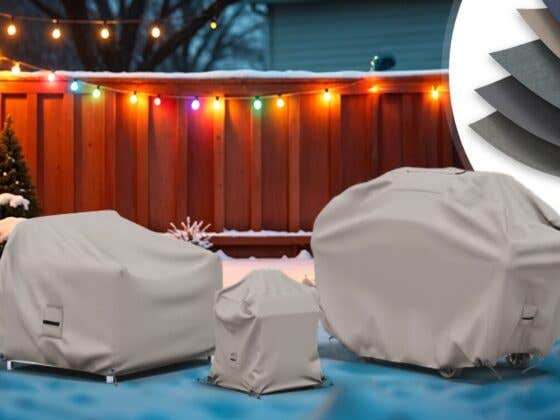
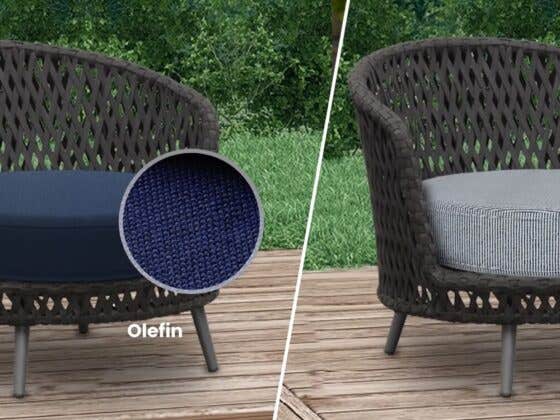
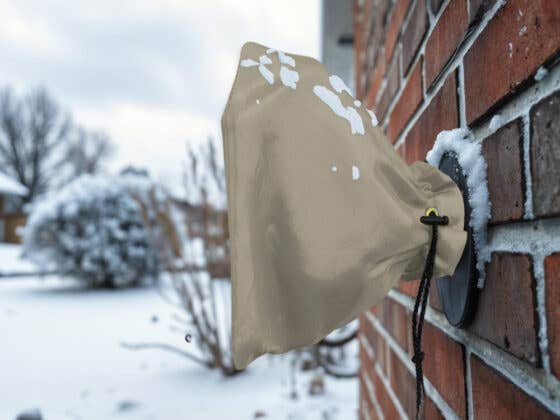
Recent Comments